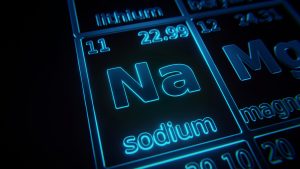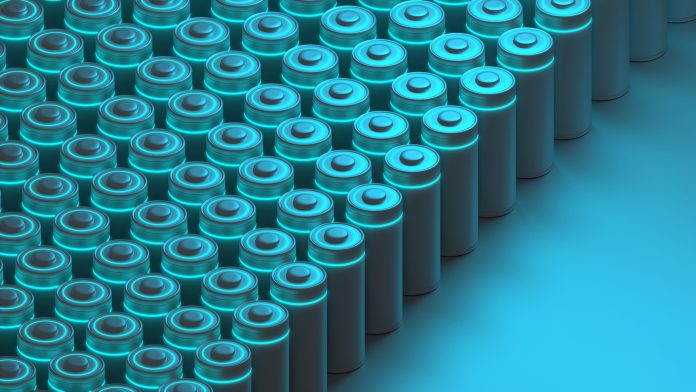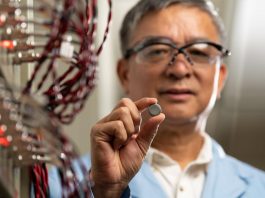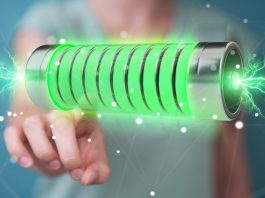A research group from Osaka Metropolitan University has developed a cheaper positive electrode to enhance all-solid-state sodium batteries.
As society continues to shift toward becoming carbon neutral, the demand for electric vehicles (EVs) and renewable technologies exponentially increases. Mirroring this rising demand is the demand for high energy density rechargeable batteries, such as lithium-ion batteries, the battery technology currently used in EVs. However, to ensure that EV uptake can increase, it must be guaranteed that the best possible battery technology is used.
Now, sodium batteries, which have a resource advantage over the current lithium-ion batteries, are attracting significant attention as cheap, new high-performance materials continue to be developed.
To improve these batteries to ensure they are advantageous over lithium-ion batteries, a research group led by Associate Professor Atsushi Sakuda, President Masahiro Tatsumisago, and Professor Akitoshi Hayashi, from Osaka Metropolitan University’s Graduate School of Engineering, has developed a new positive electrode, made of Na2FeS2, for all-solid-state sodium batteries. These batteries have a high energy storage capacity and high reversibility.
The research paper, titled ‘Iron sulphide Na2FeS2 as Positive Electrode Material with High Capacity and Reversibility Derived from Anion–Cation Redox in All-Solid-State Sodium Batteries,’ was published in the journal Small.
Advantages of sodium batteries
Sodium batteries are comprised of inexpensive elements that are readily available, a significant advantage over lithium-ion batteries. Mining for lithium in certain areas is often considered unethical, and requires a lot of natural resources, for example, water, to assist with its extraction. Using sodium instead could provide a more sustainable form of green energy, removing any challenges regarding the world’s transition to clean energy.
However, compared to lithium-ion batteries, sodium batteries have a limited performance which has prevented the large-scale rollout of this battery technology. The researchers aim to change this.

Using the new positive electrode
The team developed a positive electrode for sodium batteries using Na2FeS2 that can be charged and discharged for more than 300 cycles. This is down to the unique crystal structure of the Na2FeS2 that gives the electrode a long lifespan.
The majority of high-capacity metal sulphide electrodes rely on conversion-type reactions, where large rearrangements that occur during charging and discharging are associated with inhomogeneous reactions and degradation.
However, the new electrode developed by the team is able to achieve a high degree of reversibility during charging and discharging by undergoing an insertion-type reaction. This allows the Na2FeS2 electrode to retain its crystal structure over many cycles.
Professor Sakuda concluded: “The new Na2FeS2 positive electrodes are well balanced in terms of materials, cost, and lifetime; we expect them to be put to practical use in all-solid-state sodium batteries.
“In the future, we will continue our research to develop cheaper all-solid-state sodium batteries with even higher performance, by examining high input and output for rapid recharging, as well as making and testing of superior anode materials.”









